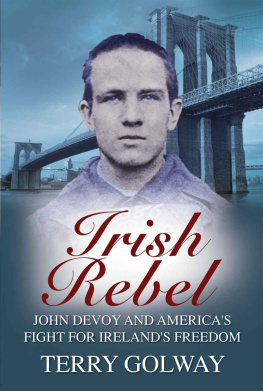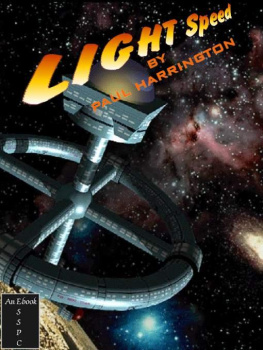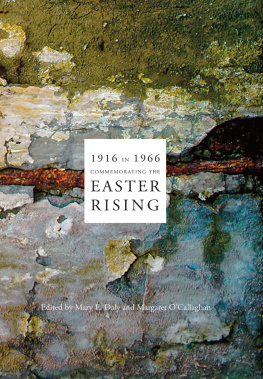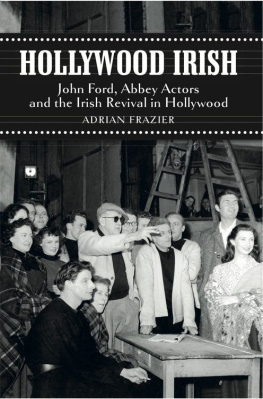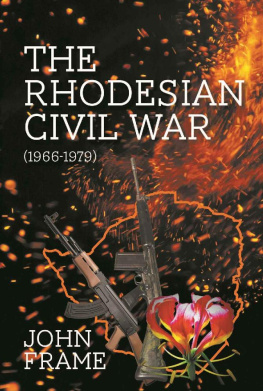John P. Harrington - The Irish Play on the New York Stage, 1874-1966
Here you can read online John P. Harrington - The Irish Play on the New York Stage, 1874-1966 full text of the book (entire story) in english for free. Download pdf and epub, get meaning, cover and reviews about this ebook. year: 2014, publisher: University Press of Kentucky, genre: Art. Description of the work, (preface) as well as reviews are available. Best literature library LitArk.com created for fans of good reading and offers a wide selection of genres:
Romance novel
Science fiction
Adventure
Detective
Science
History
Home and family
Prose
Art
Politics
Computer
Non-fiction
Religion
Business
Children
Humor
Choose a favorite category and find really read worthwhile books. Enjoy immersion in the world of imagination, feel the emotions of the characters or learn something new for yourself, make an fascinating discovery.

- Book:The Irish Play on the New York Stage, 1874-1966
- Author:
- Publisher:University Press of Kentucky
- Genre:
- Year:2014
- Rating:4 / 5
- Favourites:Add to favourites
- Your mark:
- 80
- 1
- 2
- 3
- 4
- 5
The Irish Play on the New York Stage, 1874-1966: summary, description and annotation
We offer to read an annotation, description, summary or preface (depends on what the author of the book "The Irish Play on the New York Stage, 1874-1966" wrote himself). If you haven't found the necessary information about the book — write in the comments, we will try to find it.
The Irish Play on the New York Stage, 1874-1966 — read online for free the complete book (whole text) full work
Below is the text of the book, divided by pages. System saving the place of the last page read, allows you to conveniently read the book "The Irish Play on the New York Stage, 1874-1966" online for free, without having to search again every time where you left off. Put a bookmark, and you can go to the page where you finished reading at any time.
Font size:
Interval:
Bookmark:

HISTORY, AND CULTURE

by a grant from the National Endowment for the Humanities.
serving Bellarmine College, Berea College, Centre
College of Kentucky, Eastern Kentucky University,
The Filson Club Historical Society, Georgetown College,
Kentucky Historical Society, Kentucky State University,
Morehead State University, Murray State University,
Northern Kentucky University, Transylvania University,
University of Kentucky, University of Louisville,
and Western Kentucky University.
All rights reserved
663 South Limestone Street, Lexington, Kentucky 40508-4008
The Irish play on the New York stage, 1874-1966 / John P. Harrington
p. cm. (Irish literature, history and culture)
Includes bibliographical references (p. ) and index.
ISBN 0-8131-2033-0 (alk. paper)
English dramaIrish authorsHistory and criticism. 2. English dramaIrish authorsAppreciationUnited States. 3. TheaterNew York (State)New YorkHistory20th century. 4. TheaterNew York (State)New YorkHistory19th century. 5. Public opinionNew York (State)New YorkHistory. 6. IrelandForeign public opinion, American. 7. IrishTravelUnited StatesHistory. 8. IrelandRelationsUnited States. 9. United StatesRelationsIreland. 10. IrelandIn literature. I. Title. II. Series.
PR8789.H37 1997
792.9509747109034dc21 97-17688
meeting the requirements of the American National Standard
for Permanence of Paper for Printed Library Materials.

Font size:
Interval:
Bookmark:
Similar books «The Irish Play on the New York Stage, 1874-1966»
Look at similar books to The Irish Play on the New York Stage, 1874-1966. We have selected literature similar in name and meaning in the hope of providing readers with more options to find new, interesting, not yet read works.
Discussion, reviews of the book The Irish Play on the New York Stage, 1874-1966 and just readers' own opinions. Leave your comments, write what you think about the work, its meaning or the main characters. Specify what exactly you liked and what you didn't like, and why you think so.


